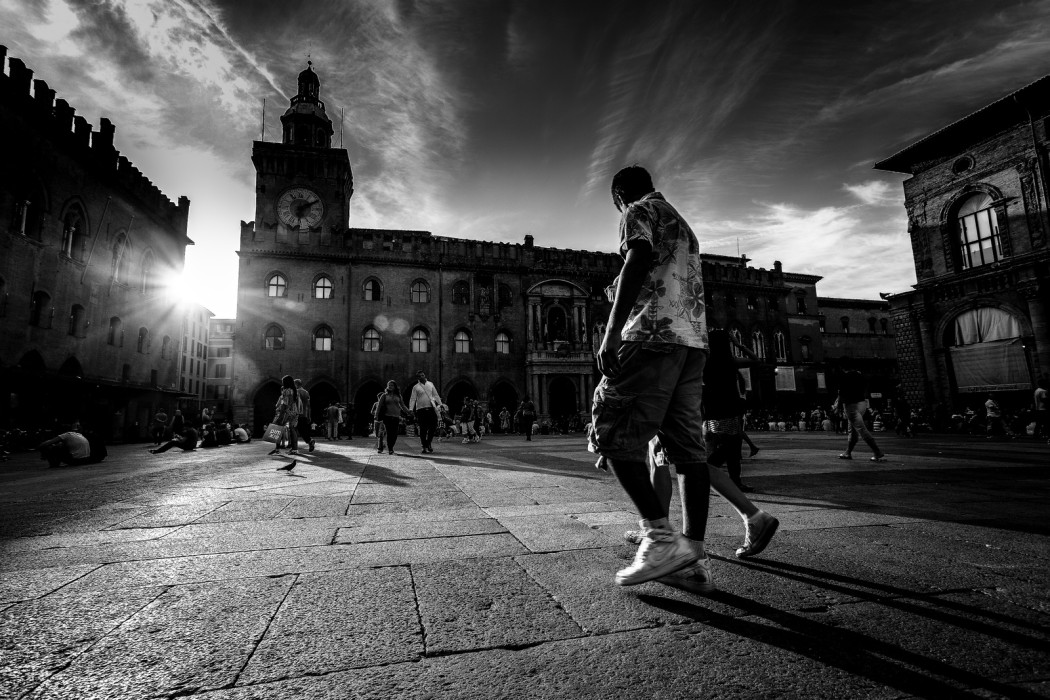Urban commons like parks, sanitation systems, public schools, public transit, libraries, hospitals, labor unions, private and public social welfare agencies emerged throughout the 19th century in response to squalid urban conditions.
And the commons movement today stands on the shoulders of people’s continuing efforts to improve urban life by addressing issues like racial and economic inequality, environmental problems, neighborhood vitality, community organizing, walkability, and biking.
“The city as a commons is designed to be disruptive — to question who owns and controls the city,” explained Sheila Foster, Fordham University Law Professor at a post-conference conversation convened in a bustling Bologna (Italy) park by Shareable.net magazine. “It’s a claim that the city is open to how we exchange goods and services. It’s not just elites who should have power.”
“The idea of the urban commons is still very much in development,” said Foster, who wrote a groundbreaking paper on the city as commons with her conference co-chair Christian Iaione.
Foster outlined four major tenets of the city as commons in conference’s closing session:
- The city is an open resource where all people can share public space and interact.
- The city exists for widespread collaboration and cooperation.
- The city is generative, producing for human nourishment and human need.
- The city is a partner in creating conditions where commons can flourish.

